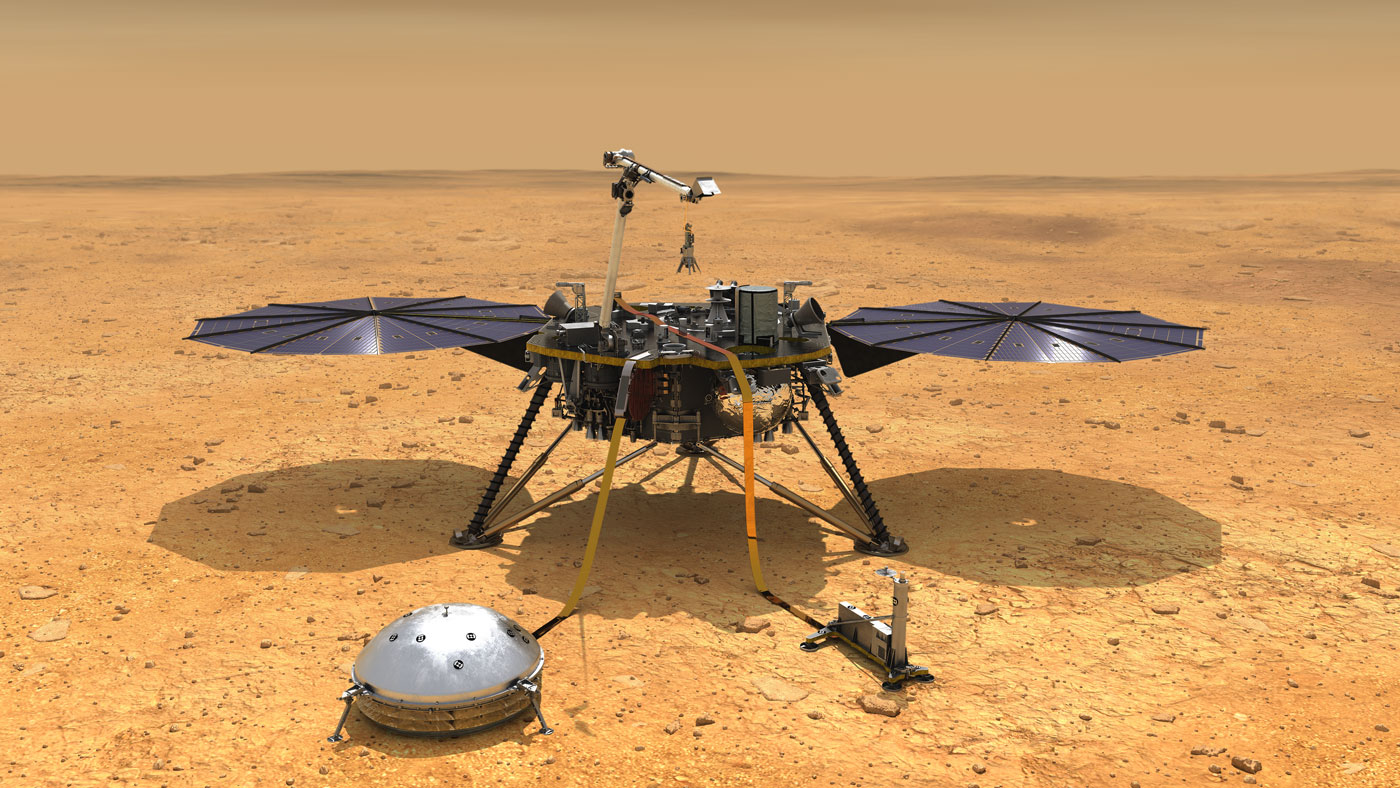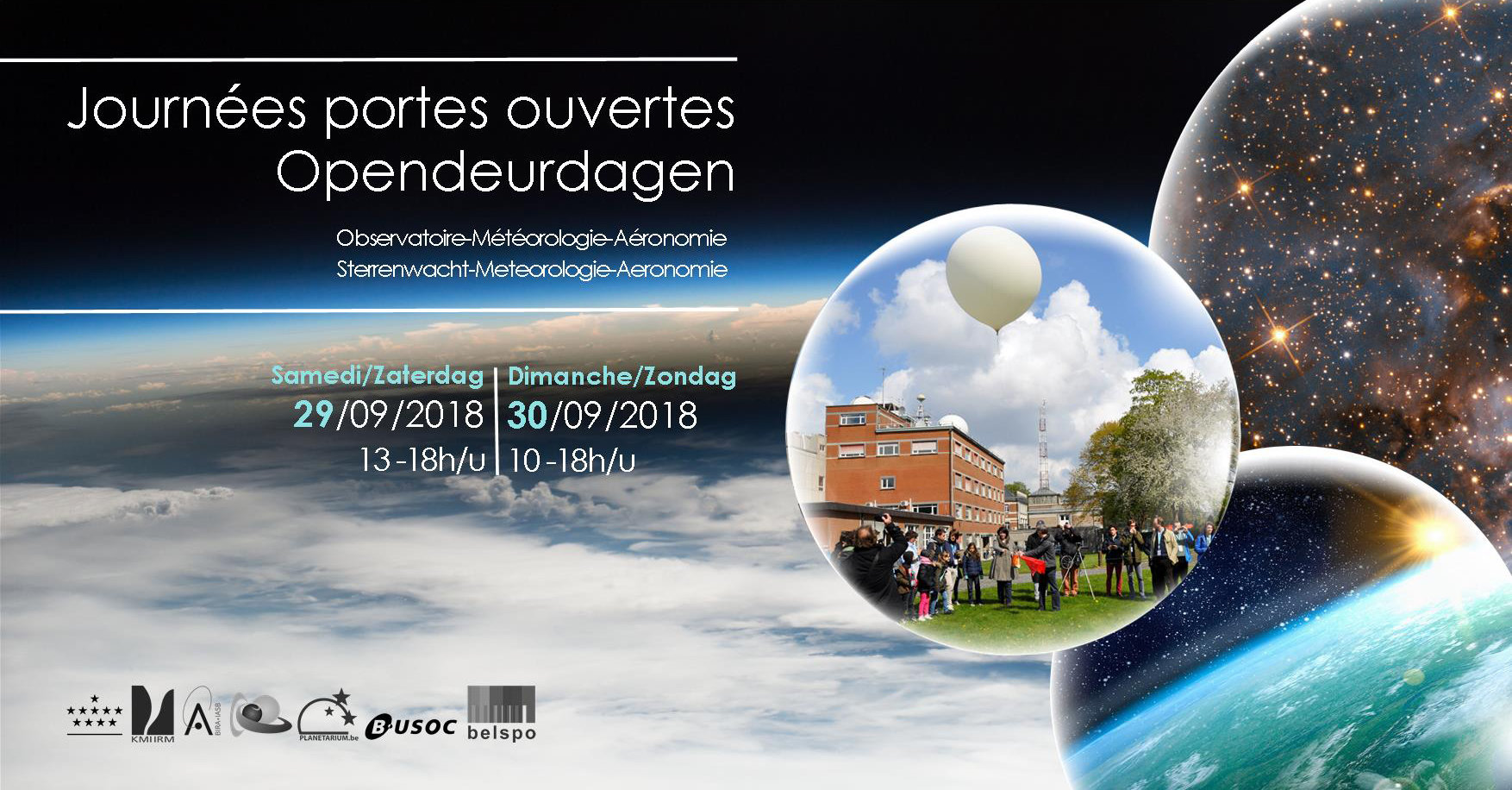Name Your Own Exoplanet! – IAU100 NameExoWorlds
Try your luck to officially name an exoplanet and its host star
Within the framework of its 100th anniversary commemorations, the International Astronomical Union (IAU) is organising the IAU100 NameExoWorlds global competition that allows any country in the world to give a popular name to a selected exoplanet and its host star. The Belgian Steering Committee IAU100 organises the selection for [...]




